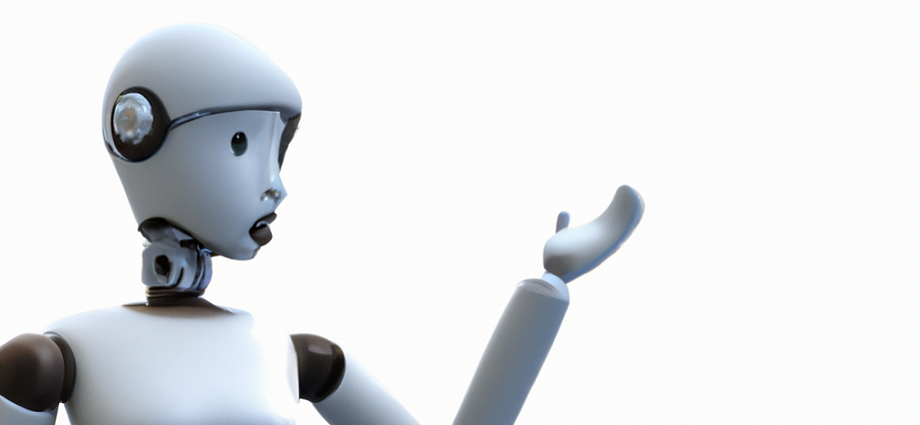In recent years, artificial intelligence (AI) has become an important tool in many fields, including healthcare. One of the most exciting uses of AI in healthcare is predicting and preventing disease outbreaks. With the help of machine learning, a part of AI, we are getting closer to stopping diseases before they spread. This is a big step for global health and safety.
How AI Helps Predict Outbreaks
AI uses large amounts of data to find patterns and make predictions. For disease outbreaks, AI looks at data from sources like:
- Health records: Data from hospitals and clinics.
- Social media: Posts where people talk about symptoms or illnesses.
- Travel patterns: Information about flights and travel routes.
- Weather data: Factors like temperature and rainfall that affect diseases.
- Genomic data: Details about how viruses and bacteria change over time.
Machine learning studies this data and finds trends that humans might not notice. For example, AI can spot a sudden rise in flu symptoms in a specific area, which could be the start of an outbreak.
Real-Life Examples of AI in Disease Control
AI is already making a difference in predicting and stopping diseases. Here are some examples:
- COVID-19 Detection: At the start of COVID-19, an AI system called BlueDot identified the outbreak in Wuhan, China, before it was officially reported. BlueDot used news articles, travel data, and public health records to predict the virus’s spread.
- Malaria Prevention: AI is used in Africa to predict malaria outbreaks by analyzing weather, mosquito activity, and population movement. This helps health teams focus on high-risk areas with preventive measures like mosquito nets.
- Dengue Fever Tracking: In Brazil, AI tools monitor social media and health data to predict dengue fever outbreaks. This allows local governments to take early action, like spraying insecticides in risky areas.
- Flu Tracking: Google Flu Trends used search data to predict flu outbreaks. While not perfect, it showed how AI could help track diseases.
- Ebola Monitoring: During the 2014 Ebola outbreak, AI analyzed data to predict the virus’s spread, which helped in planning quarantines and allocating resources.
How AI Stops Outbreaks
AI doesn’t just predict outbreaks; it also helps prevent them. Here’s how:
- Early Warning: AI finds signs of outbreaks quickly, giving health teams more time to respond.
- Better Planning: AI predicts which areas are most at risk, so resources can be sent where they are needed most.
- Faster Vaccine Development: Machine learning speeds up finding vaccines by studying how viruses behave.
- Public Education: AI helps create health messages to reach the right people with the right information at the right time.
Benefits of AI in Disease Control
The benefits of AI and disease control are as follows:-
- Speed: AI processes large amounts of data quickly, allowing faster action.
- Accuracy: AI finds patterns and connections that humans might miss.
- Global Reach: AI can analyze data from all over the world.
- Saving Money: Early detection and prevention reduce the cost of managing large outbreaks.
Challenges of Using AI
While AI is powerful, it has some challenges:
- Data Problems: AI needs good-quality data to work well. Poor data can lead to wrong predictions.
- Privacy Concerns: Using health and social media data raises questions about privacy.
- Access: Not all countries have the technology or resources to use AI.
- Bias: AI models can be biased if the data used to train them is not fair or complete.
The Future of AI in Disease Control
As technology improves, AI’s role in disease control will grow. Researchers are working to make AI tools better, use more types of data, and address ethical concerns. In the future, AI could become a regular part of public health systems around the world.
Imagine a world where a pandemic is stopped before it even starts. AI brings us closer to that goal. By combining technology with human expertise, we can create a safer and healthier future.
Conclusion
AI and machine learning are changing how we predict and prevent disease outbreaks. From analyzing data to helping create vaccines, these tools are improving global health. While there are challenges, the benefits are huge. By investing in AI, we can take big steps to prevent the next pandemic and save lives around the world.

